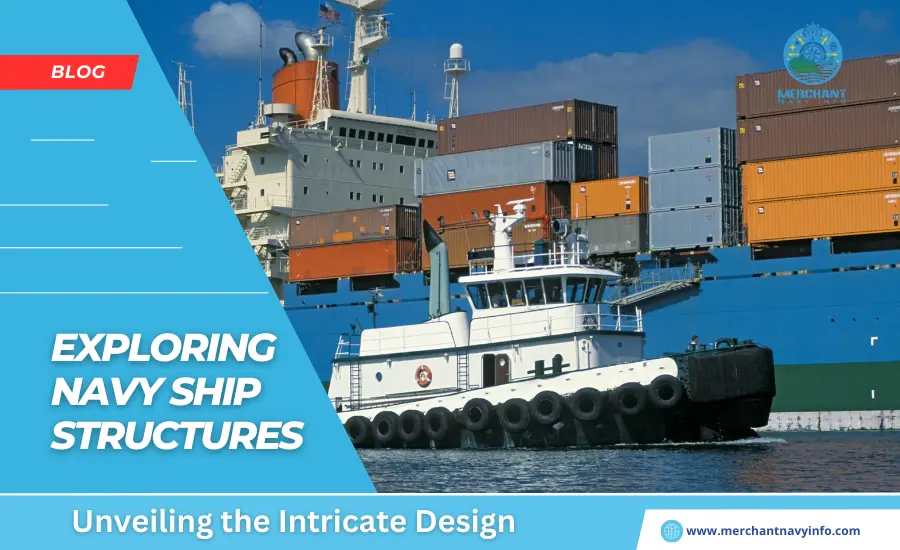
Naval ships are true marvels of engineering. It’s pretty crazy how Navy Ship Structures well-designed they truly are. It’s a series of intricate builds all meshed together. Honestly, it takes a lot of genius to come up with the designs of the modern maritime world. These vessels are designed to withstand the harshest of conditions. They can do all of that while continuing to carry out the multitude of tasks they were made for.
If that sounds interesting to you, you’ve clicked on the right article. Today, we plan to break down a navy ship structure, piece by piece. We’ll rebuild it in our minds, from the ground up. That way we’ll be able to gain a greater understanding of what makes them truly special. With that said let’s not waste any more time. Let’s get right into it!
The foundation (hull design):

This is perhaps the most important component of a naval ship. The design focuses on basing the hull around the vessel. This part of the ship is designed to help the ship withstand harsh weather on the seas. Whether it’s waves slapping against the ship, or harsh winds battering the sails, the hull will continue to protect and serve the ship.
An optimal balance between strength and endurance must be achieved. This allows it to keep the ship stable in all types of weather. High-strength materials such as steel or aluminum are used to construct them. Composite materials can also be used to make it. These are able to withstand harsh pressure and are compact.
Above the surface (superstructure):
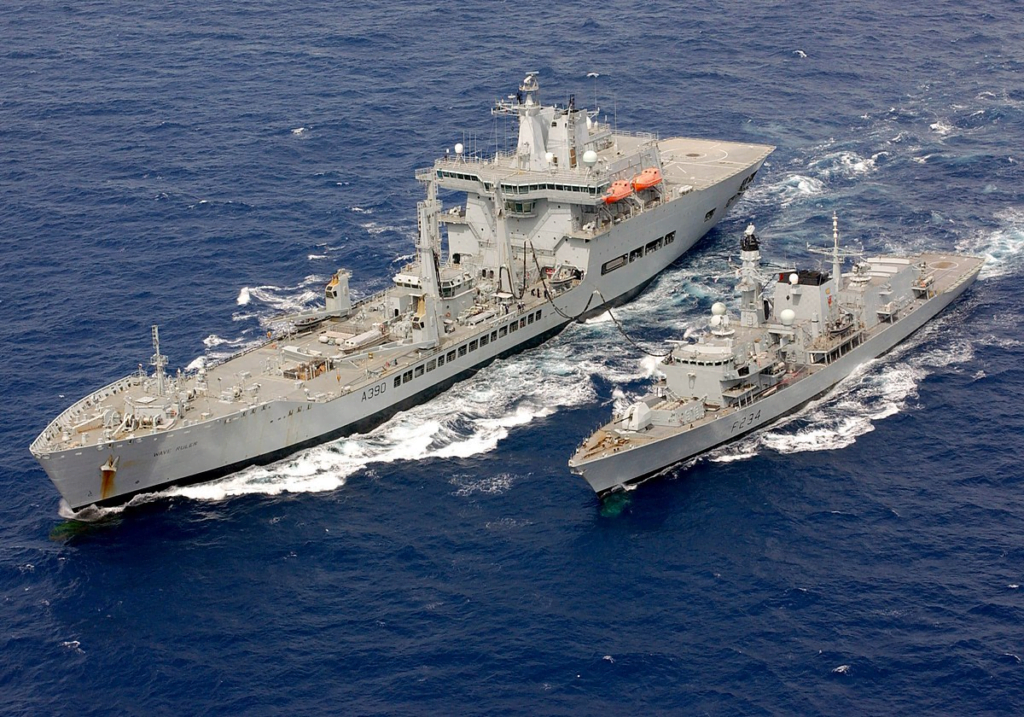
This is the next part of the ship, lying directly above the hull. It covers a lot of the main areas of the ship. Places like the living quarters, command center, and so on, are all encompassed in the superstructure. This structure isn’t just there to look pretty. It provides a multitude of advantages for the crew onboard the ship.
One of the main functions of the superstructure is the fact that it protects equipment onboard the ship. It facilitates the crew with strategic vantage points for surveillance and defense. It’s also used to optimize the ship’s aerodynamics. This allows the ship to encounter less drag and ends up enhancing the ship’s overall efficiency.
Propulsion Systems – Powering the ship:

Just like the heart pumps blood throughout the body, the propulsion system ensures a ship keeps moving forward. It powers the ship and provides the necessary thrust to propel it through the water. Naval ships’ propulsion systems have also changed a lot throughout the years.
It started off with traditional diesel engines. This evolved into gas turbine engines and nuclear reactors. These days, the maritime industry is transitioning toward hydro-cell-powered engines. Thanks to these technological advances, these new engines are able to optimize fuel efficiency within a naval ship.
Combat capabilities – Weapons and defense systems:
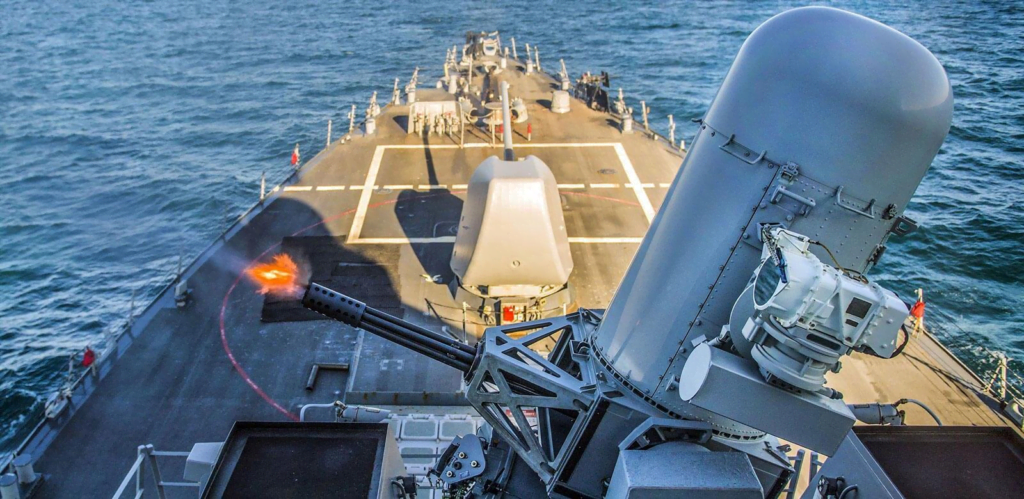
This is probably the most exciting part of naval vessels. These ships are equipped with a wide array of weapons tailored to various missions. These weapons include missiles and other anti-aircraft artillery. All of this is integral for naval ships. Sailors can prepare for any issues they might encounter at sea.
Integrating these weapons into the ship isn’t as simple as placing a gun on the main deck. It takes meticulous planning and some genius-level engineering. Through advanced technology, marine engineers can design naval ships in such a manner. Modern designs allow safety in combat scenarios and optimum efficiency.
Communication and sensor systems:
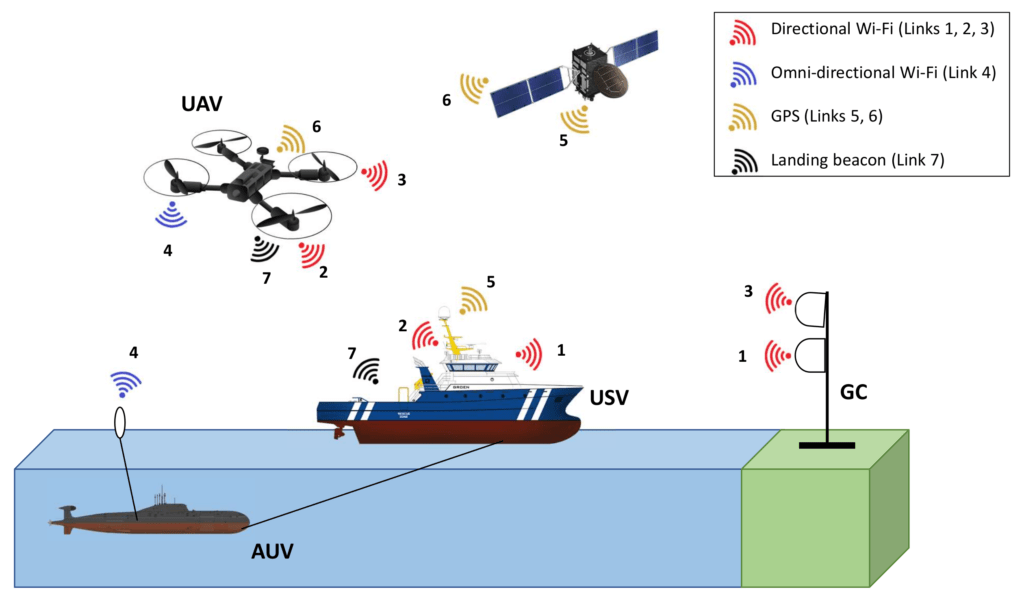
A naval ship needs to have a good communication system. Effective communication is the main requirement for naval operations. It helps you get a grasp of your situation. This ensures that we make fewer mistakes. All of this is possible by seamlessly integrating a good communication system into your ship.
There are various forms of communication on board a naval vessel. They range from radars and radios, all the way to satellite communication. This allows for real-time exchange of information between naval units. This is why modern communication systems are essential for carrying any mission out at sea.
Crew accommodation and support facilities:
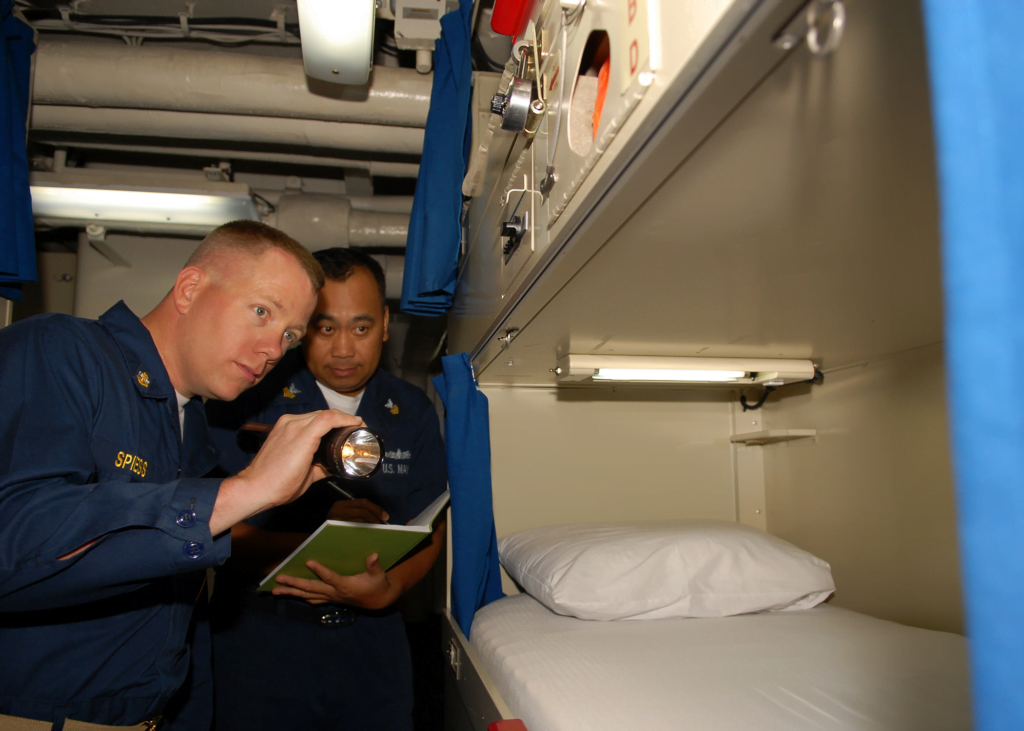
Naval cadets spend a lot of time at sea. This is why we consider ships as floating communities.. Which is why it’s essential to have a good accommodation structure set up. These include dining areas, living quarters, recreational facilities and so much more. Maintaining team morale, all of these are important.
These facilities are present to ensure the safety and well-being of the naval crew. They help to increase the productivity and efficiency of the crew. These facilities also prioritize space optimization and equip themselves with specialized workplaces. These include armories and workshops which help to produce tools required in naval missions.
Structural integrity and survivability:

As you can imagine, a naval vessel needs to have a high amount of structural integrity. If the ship comes under attack, it should be able to withstand all sorts of impact. Engineers have deployed different methods over the years to increase these ships’ structural integrity. With every passing day, new advancements in technology.
Examples of such methods include compartmentalization and blast-resistant construction. These ensure that these ships can withstand huge amounts of impact. This helps to enhance survivability and find better damage control capabilities. Once these ships have undergone significant testing, they grace the open seas with their majesty.
Outro:
There you have it folks. That was a deep dive into each and every component that helps make up a naval vessel. If you were paying attention, you’d have understood the intricacies of building a ship like this. These are true marvels of engineering. The technological sector is coming up with new advancements every day.
This helps maritime engineers to come up with new designs for naval ships. These new designs offer more features and become increasingly more and more complex!










